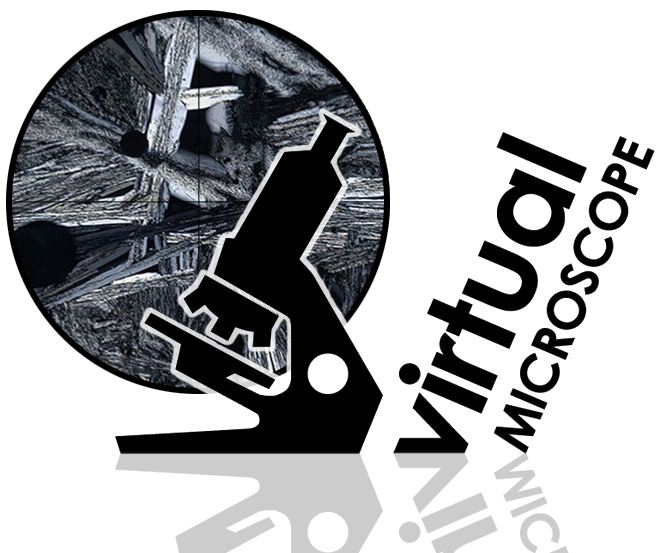
Fact sheet
67946 is a devitrified glass particle that was collected in a rake sample from the rim of North Ray Crater. It is vesicular and unlike 67728 (from the same location) it does not contain lithic clasts. Our thin section shows the contact of the glass particle with a crushed anorthosite (rotation 1). The glass is dark brown and has developed coarse crystallites often at right angles to the contact with the anorthosite. Away from the contact (rotation 2) crystallites are lighter in colour and coarser-grained.
The sample weighed 3.2 grams before analysis and has been dated at approximately 0.4 billion years (Ar/Ar).
Further details of this and other Apollo samples are here: http://curator.jsc.nasa.gov/lunar/
The Apollo 16 landing site was in the hilly region around Descartes crater in the lunar highlands. The landing spot was chosen to allow the astronauts to gather geologically older lunar material (Descartes Formation and the Cayley Formation) than the samples obtained in the first four landings, which were in or near lunar maria.
The mission lasted 11.1 days, with a stay on the lunar surface of 71 hours. The crew were on the lunar surface for 20.2 hours during which they traversed approximately 27 kilometers and collected approximately 96 kilograms of samples.
Apollo 16 was launched on 16 April 1972.






